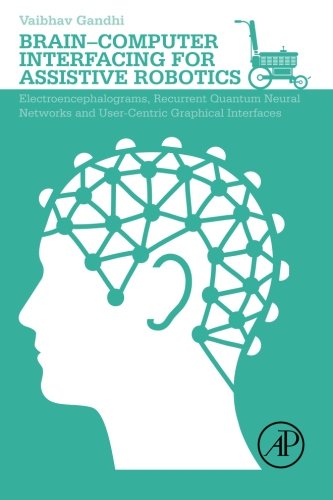

Most ebook files are in PDF format, so you can easily read them using various software such as Foxit Reader or directly on the Google Chrome browser.
Some ebook files are released by publishers in other formats such as .awz, .mobi, .epub, .fb2, etc. You may need to install specific software to read these formats on mobile/PC, such as Calibre.
Please read the tutorial at this link: https://ebookbell.com/faq
We offer FREE conversion to the popular formats you request; however, this may take some time. Therefore, right after payment, please email us, and we will try to provide the service as quickly as possible.
For some exceptional file formats or broken links (if any), please refrain from opening any disputes. Instead, email us first, and we will try to assist within a maximum of 6 hours.
EbookBell Team

4.0
86 reviewsBrain-computer interface (BCI) technology provides a means of communication that allows individuals with severely impaired movement to communicate with assistive devices using the electroencephalogram (EEG) or other brain signals. The practicality of a BCI has been possible due to advances in multi-disciplinary areas of research related to cognitive neuroscience, brain-imaging techniques and human-computer interfaces. However, two major challenges remain in making BCI for assistive robotics practical for day-to-day use: the inherent lower bandwidth of BCI, and how to best handle the unknown embedded noise within the raw EEG.
Brain-Computer Interfacing for Assistive Robotics is a result of research focusing on these important aspects of BCI for real-time assistive robotic application. It details the fundamental issues related to non-stationary EEG signal processing (filtering) and the need of an alternative approach for the same. Additionally, the book also discusses techniques for overcoming lower bandwidth of BCIs by designing novel use-centric graphical user interfaces. A detailed investigation into both these approaches is discussed.